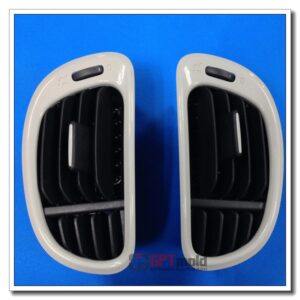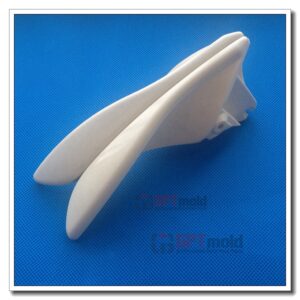When heated molten plastic is injected into a plastic mold and being cooled down, the material will shrinks as it be shaped. That means, the size of a molded plastic part will be smaller than designed part.
How to make the finished part in tolerance as desaired? As we know, the part size are determined by the dimensions of the mold cavity and the shrink factors of the plastic. Indeed, the priority of a molder wants to know is the part size and material shrinkage rate.
Unfortunately, plastics shrinkage at different rates depending on resin type, additive added, modified or not, part thickness, part geometry .the molded part may have different shrinkage rates at different areas of the same part which will cause the part to deform,distort and out of specification;
These issues, in addition to tolerances of mold fabrication, produce an uncertainty in the final dimensions and shape of a molded part that should be considerated for in the mold design stage , Indeed, this uncertainty is the cause for the majority of costly changes made to new tools.
Knowledge of the specific plastic behavior and how part geometry will affect shrinkage helps the designer anticipate problem solution . Thus the designer can ensure that the part will function within an appropriate range of uncertainty or that the mold design will allow adjustment of the part dimensions in a cost effective manner.
If the dimensional uncertainty derived from the shrinkage uncertainty plus the machining tolerance is less than the part tolerance for the given dimension, the mold may be produced with reasonable confidence that the part will conform to specification. However, if this is not the case, there is a risk that the molded parts will not conform to the design specification.
In this case, the mold is typically constructed in a “steel safe” manner(which means leave more steel on mold than designed for future mold modification adjustment) such that if the part does not meet tolerance, the mold can be modified by removing steel, thus bringing the dimension into specification. For this reason, there is the potential for higher tooling costs when tighter tolerance are required.
It should be understood that while the uncertainty of a dimension may be high, the repeatability from part to part may be very good. This is because the shrinkage observed for a given process and part geometry is, in general, very consistent. The difficulty lies in the prediction of the shrink behavior before the first part is made.





